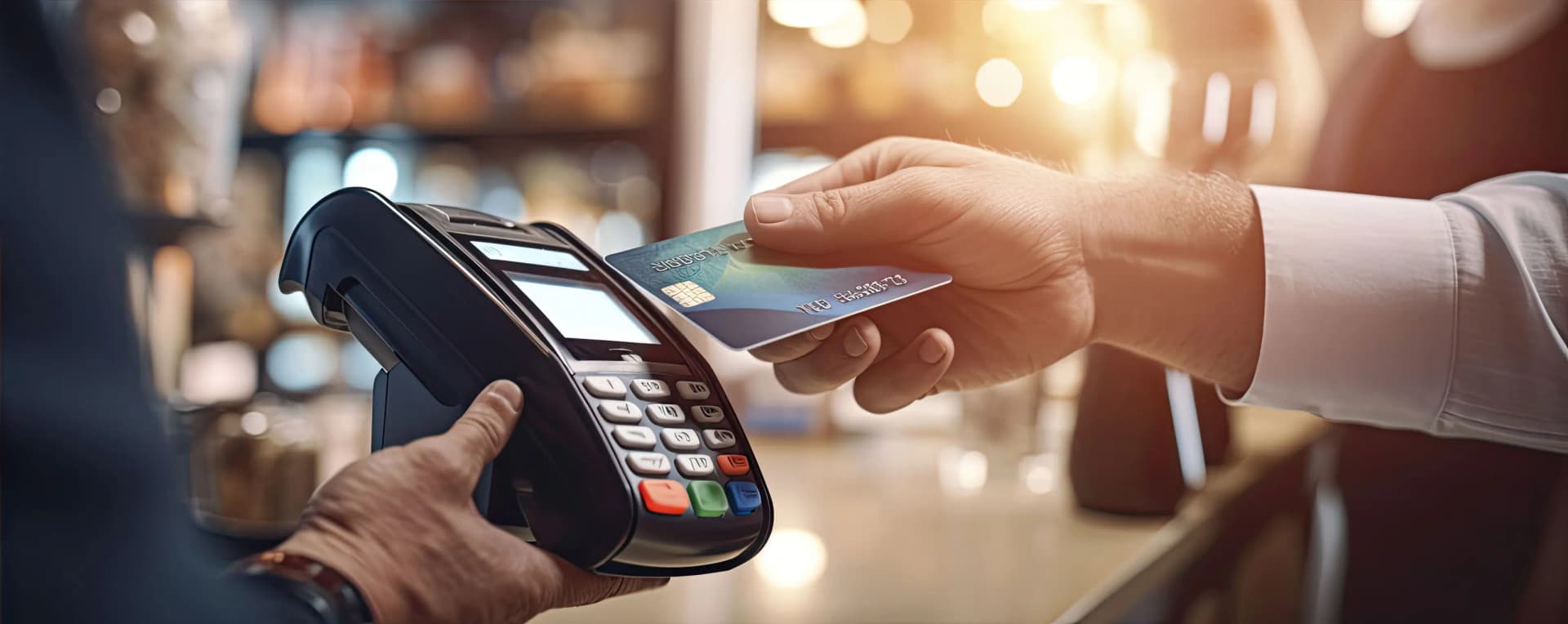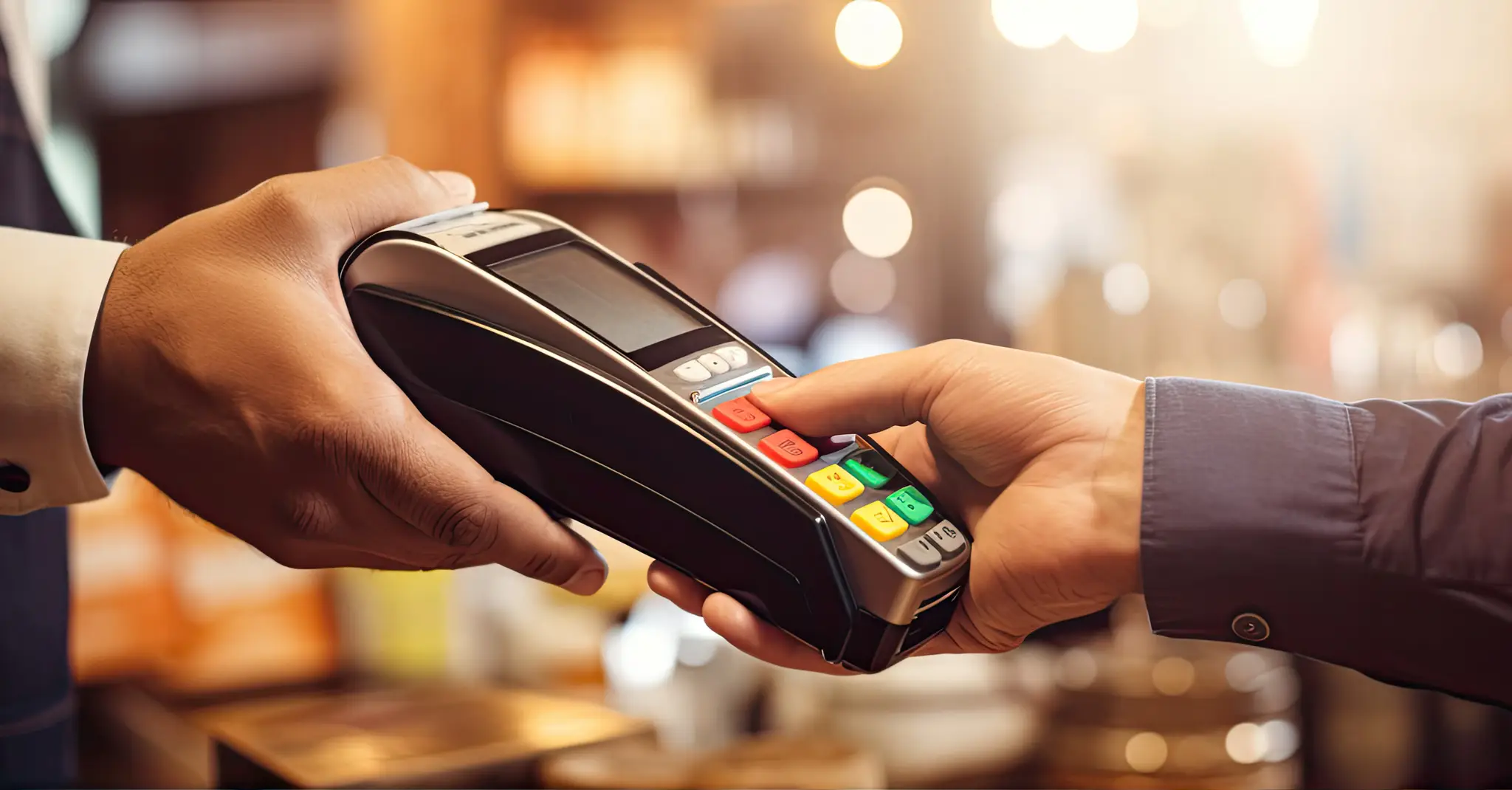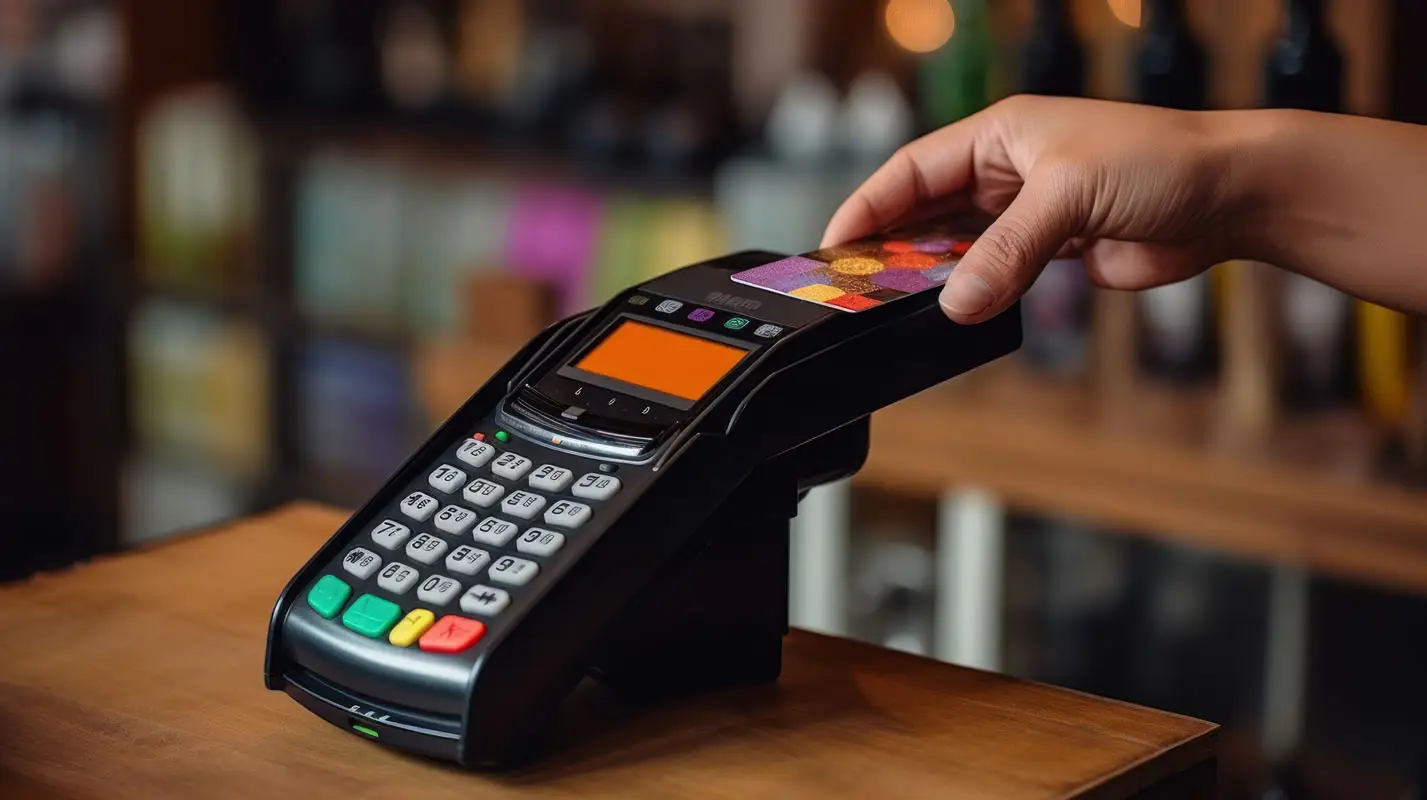To build a successful payments business, you need to master real-world payment processing. Ninety percent of software companies that both monetize payments and succeed in reaching $500M in annual processing volume are leveraging in-person, card-present transactions to reach this important milestone.
This is because most businesses accept payments across multiple channels—whether in-store, on the go, or online. Additionally, networks like Visa and Mastercard charge lower fees for in-person, card-present transactions since they are considered less risky. As a result, offering only online, card-not-present payment options puts you at a pricing disadvantage, leading to lower adoption rates.
Our card present journey began 20 years ago, first processing closed loop payments at off campus restaurants and then processing over 25% of live events transactions in North America, at what is now Fiserv-owned Clover Sport.
To put this in perspective, our first card present transactions were conducted over dial-up modems. The industry has come a long way since dial-up, but card present payments continue to trip up software companies in executing their payments strategy.
This is the first in a series of posts where we will help you navigate this critically important part of succeeding in payments. We’ll cover – existing customer hardware considerations, net-new customer hardware considerations, and why PFACs typically struggle with in-person card-present.
Stay tuned as we dive deep into in-person, card-present transactions that still make up greater than 75% of all payment volume in the United States (Source: JPM Payment Processing Handbook).




